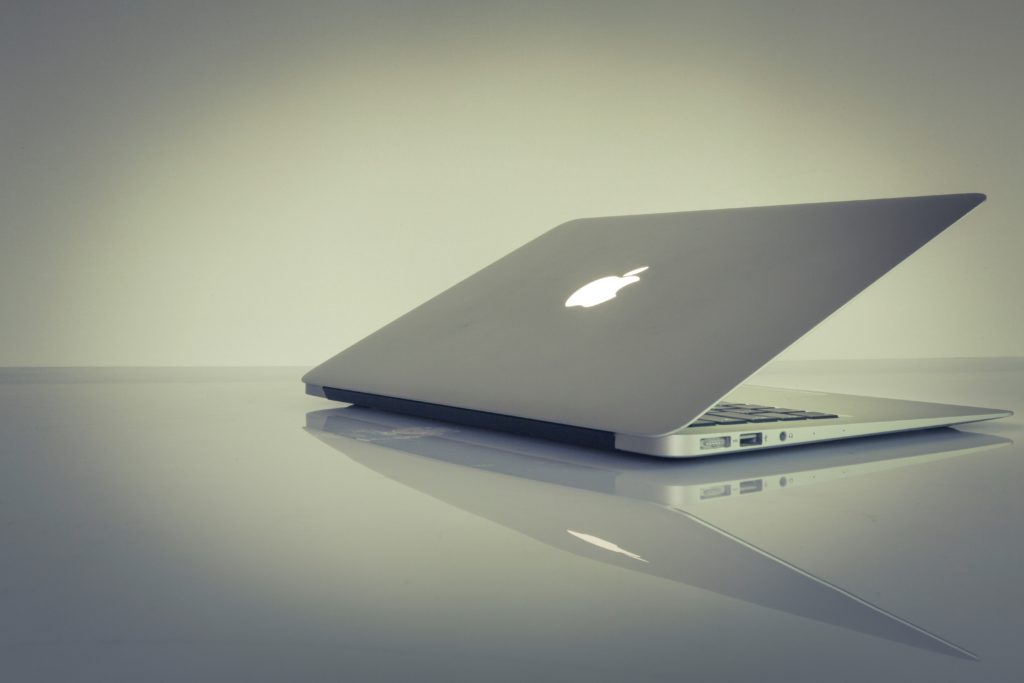The video below is part of Steve Jobs’ 2008 introduction of the MacBook Air. Take a few minutes to watch it. Even if you have seen it before, watch it again. There is a lot to be learned from this presentation.
Jobs is recognized as having been a masterful communicator[1] and this keynote is a clinic on how to communicate effectively. For example, notice the many different techniques he uses to convey his central message. There is his repeated use of the phrase “the world’s thinnest notebook,” the profile comparison with the Sony VAIO TZ series notebook, and the powerful visual moment when he removes his new product from the office envelope. Even the thinner font used for the word “Air” offers subtle reinforcement of his core message.
Given his skill, it easy to focus on the style and overlook the substance of what was said. Jobs includes a great deal of technical content in his presentation. Let us consider the engineering required to make “the world’s thinnest notebook” and what that can teach us about the design process.
Design Criteria
One aspect of the design cycle that we stress with our engineering students is the need to identify a clear set of design criteria. This step is important because without a well-defined set of design requirements you have no basis for evaluating possible solutions. Jobs lists a number of specific targets in terms of weight, thickness, screen size, keyboard size, and processor speed.
Good criteria are specific. For example, it might be tempting to require that a laptop be “thin”; however, this objective is too vague to be useful. Jobs uses an existing competitor’s notebook, lists it thickness as 0.8″—1.2″, and targets something thinner.
Good criteria also define the characteristics of a successful design without imposing a particular way in which those properties must be achieved. As it turns out, achieving the desired thickness was not trivial. Jobs praises the hard work of his own engineers in reducing the motherboard size, as well as Intel for achieving a 60% reduction in the packaging size of their Core 2 Duo processor. The optical drives also had to be removed and only one USB port was included. Overly prescriptive design criteria may have prevented the Apple engineers from achieving their goals.
Design Constraints
A related idea is the concept of the design constraint. If criteria are goals your design needs to satisfy, constraints are limitations on how it may do so. The keyboard requirement for the MacBook Air, for example, may be thought of as a constraint.[2] “Design the world’s thinnest notebook, while still having a full sized keyboard” is a constrained problem statement.
Engineers are constantly having to develop design solutions within various constraints. Budgets are the most common one; even for the biggest problems, few employers give their design teams a blank cheque. Some other common constraints include schedules, size limitations, compatibility with existing systems, or compliance with governmental regulations. While such limits might be expected to stifle creativity, research suggests the opposite is true.[3] Constraints make us work harder, forcing us to look beyond the obvious solutions to find more novel ones.
Conclusion
Successful engineering design requires making a selection from a near-infinite set of possible solutions. Criteria and constraints allow us to reduce the number of solutions and select one which is optimal (or near-optimal) for our particular problem. Having a clearly-defined vision for a product is what allowed Apple to produce their most successful notebook to date.[4]
Notes
- ^ Gallo, Carmine. “How Steve Jobs made presentations look effortless”. Forbes Magazine, March 26, 2015. <https://www.forbes.com/sites/carminegallo/2015/03/26/how-steve-jobs-made-presentations-look-effortless/>
- ^ Admittedly, sometimes the difference between a criterion and a constraint is a matter of semantics. One can usually reword a criterion (“weighs less than 5 kg”) into a constraint (“cannot weight more than 5 kg”) or vice versa.
- ^ Mehta, Ravi and Meng Zhu. Creating When You Have Less: The Impact of Resource Scarcity on Product Use Creativity.Journal of Consumer Research, 42, Issue 5, 1 February 2016, Pages 767–782. https://doi.org/10.1093/jcr/ucv051
- ^ Jackson, Nicholas. “MacBook Air Becomes Apple’s Best-Selling Notebook”, The Atlantic, March 7, 2011. <https://www.theatlantic.com/technology/archive/2011/03/macbook-air-becomes-apples-best-selling-notebook/72137/>

